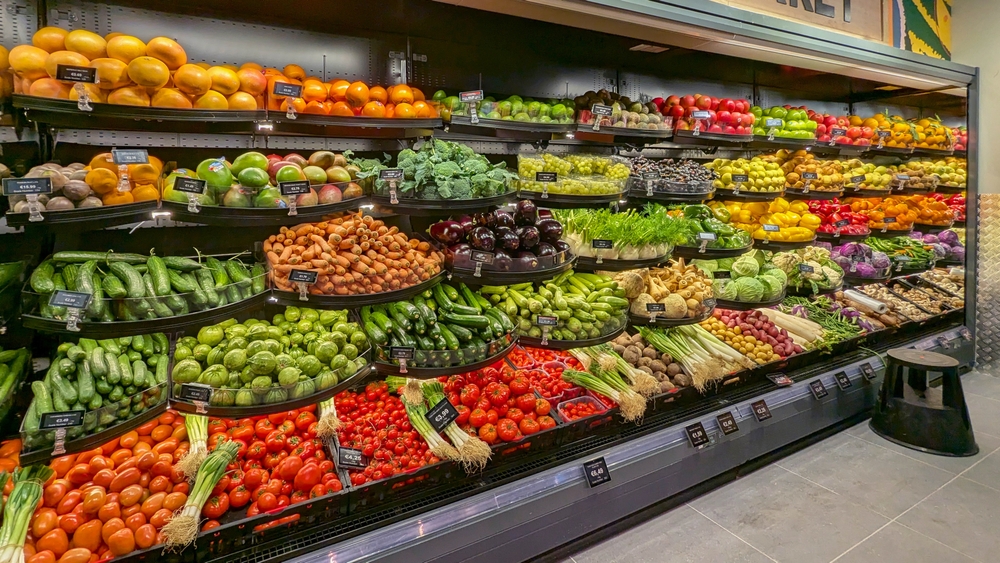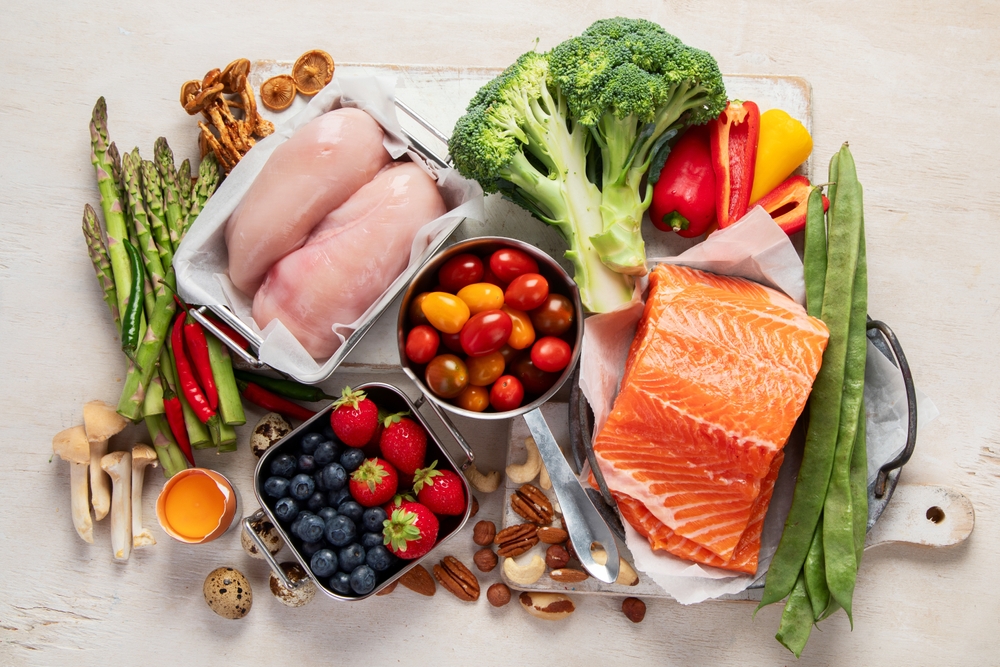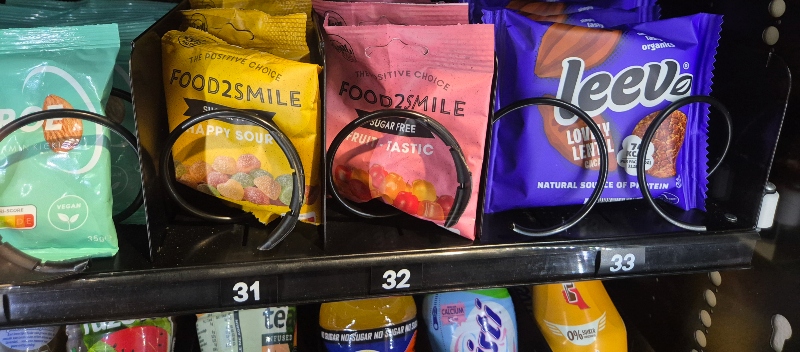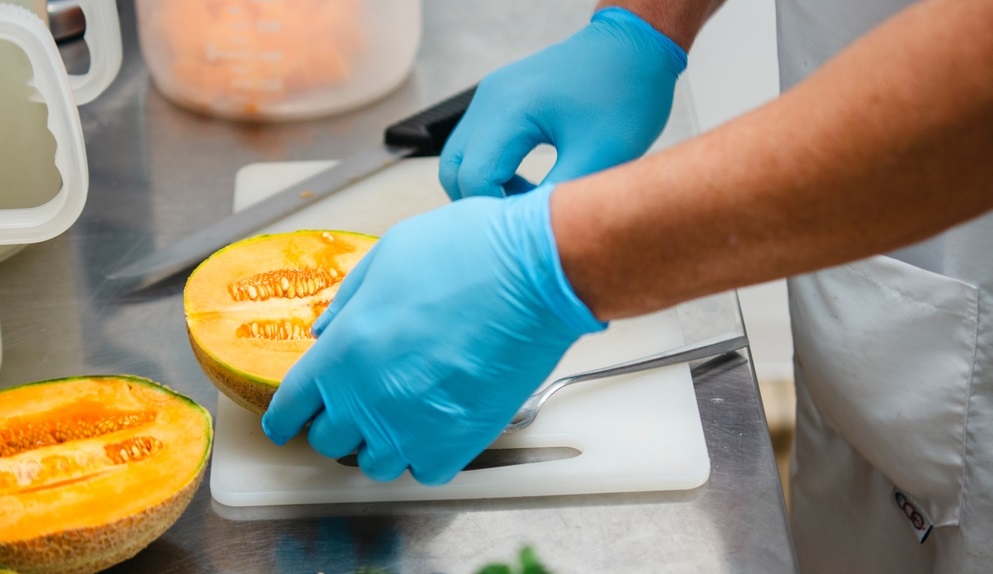There is growing interest in using food products as medicine. What implications does that have for the way in which we produce food? That is the question professor by special appointment Thijs Defraeye (Food Quality & Design) is asking. His thoughts on the matter led to a recently published review article.
Food as medicine is one aspect of the up-and-coming field of lifestyle medicine, where healthy diets are used to prevent diseases and help make treatment more effective. Defraeye sees this as a logical development, as nutrition has played a key role in traditional medicine around the world for centuries. What is more, lifestyle-related conditions such as cardiovascular diseases, cancer and diabetes are common in modern society and so there are a lot of health gains to be made.
Despite this, it is often assumed there is not much money for producers in nutrition for disease prevention. Defraeye wants to change that assumption. He believes there are opportunities for both existing firms and new enterprises. ‘Most people eat three meals a day. So that means three moments every day when you can take action to improve your health, whether preventatively or as part of treatments for health conditions or diseases, alongside medication.’
More production
The current food supply chain is set up to give consumers what they want to eat, explains Defraeye. ‘We produce food in response to demand. Foods that work as medicines include unprocessed and minimally processed foodstuffs, such as fruit, vegetables and nuts. If everyone switched tomorrow to diets in line with the dietary guidelines, there would probably not be enough produce to meet that demand.’
We currently produce food in response to demand
Thijs Defraeye, professor of Food Quality & Design
But history shows that scaling up production is indeed possible, he writes in the article. Global consumption of avocados in 1961 was a little over 700,000 tons; this had increased by a factor of 14 in 2021, to nearly 8.7 million tons. The avocado had become much more popular during that time due to increased awareness of its health benefits. The consumption of lemons saw a similar rise. ‘Growing demand enabled a corresponding increase in production.’
Processing and persuading
If healthy food is to become available to all, changes must be made to the associated infrastructure and processing setup. If a certain vegetable has health benefits and consumers can easily include it in their diets given their local cuisine and cooking habits, it would be good to make that vegetable available all year round, argues Defraeye. Processing methods such as drying or freezing can help as they preserve the nutrients. ‘Higher consumption of relatively healthy products will have consequences for production, transport and storage — mainly because many of these products will need to be stored in chilled conditions or in packaging. That will mean changes in how we transport and store those products.’
Those products also need to appeal to consumers, says Defraeye. Food producers and the processing industry need to persuade consumers to eat these healthy foods. That means the product needs to fit well in the consumer’s daily routine, and it also needs to be affordable. ‘If healthy food products are expensive, people won’t buy them.’
Health as a service
Defraeye also sees opportunities in the new market of personalized health services. People are collecting more and more data about their health through apps and smartwatches. Companies are keying into this development, for example with personalized dietary advice based on your sporting activities. ‘There’s a completely new business model relating to health.’
Defraeye does have some caveats though. ‘More research is needed on the impact of a data-driven, personalized diet as compared to a generally healthy diet. We also need to avoid over-personalization. It would be better to focus on the general health of a large group. The most important principle is that we want to make healthy food available to as many people as possible. The health gains from this are much greater than from over-personalization for a small group of people.’

 ‘Examples of foods that work as medicines are unprocessed and minimally processed foodstuffs such as fruit, vegetables and nuts.’ Photo Shutterstock
‘Examples of foods that work as medicines are unprocessed and minimally processed foodstuffs such as fruit, vegetables and nuts.’ Photo Shutterstock 

